Young plants
Arctic raspberry (Rubus arcticus) – the ground cover with edible fruits
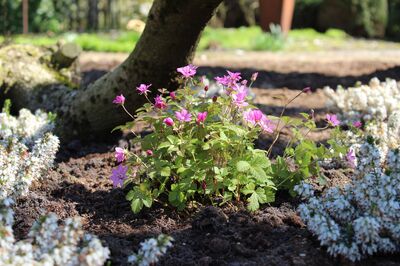
Arctic raspberries have been enriching our fruit-bearing range since 2025. However, this is not only about the fruit; the Arctic raspberry, or Rubus arcticus as it is known botanically, has other benefits as well. Over the years, the low-growing plants form a low carpet and the pink flowers radiate from afar. With the Arctic raspberries, we now have a new group of varieties with completely different uses than the usual representatives of the genus: Rubus – the raspberries and blackberries.
Read moreWhat we do: the latest on propagation
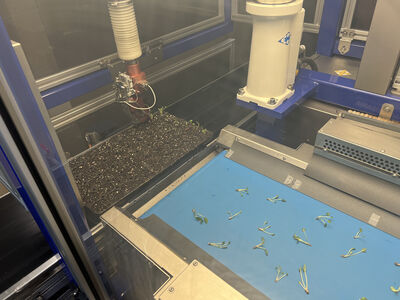
Perhaps you also wonder from time to time what exactly the people at Lubera Edibles do every day. Do they do anything with in vitro propagation? But do they also sow seeds, take cuttings and wood cuttings? The short answer is yes, but...
In vitro propagation is still the main tool for propagating high-quality young plants. Why and what exactly we do will be explained below.
Read moreThe advantage of late potting
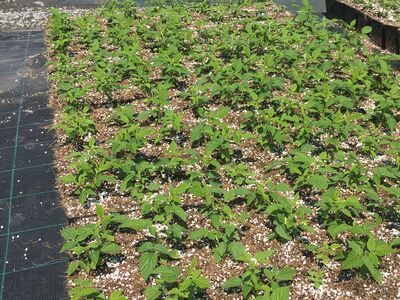
Even if the actual potting phase/season for soft fruit is already over in early summer, there is still the possibility of increasing the production again in the second half of the summer and filling production gaps in the event of unforeseen demand, a good market situation during the summer and good sales in late summer. Our young plant delivery window in the second half of August makes this possible. Now that the sometimes-extreme midsummer weather conditions have been overcome, it makes sense...
Read moreCamellia sinensis Fresh-T®: the new tea plant varieties from Lubera Edibles
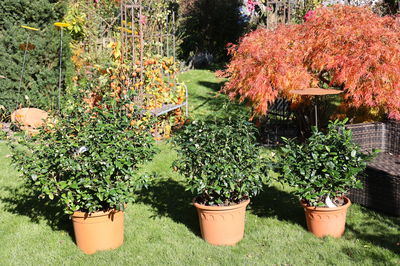
Lubera Edibles now offers three different tea plant varieties (Camellia sinensis) as young plants. Can tea be cultivated and produced in Central Europe? What conditions need to be considered? How hardy are the new Fresh-T varieties? We try to answer these questions in the following article.
Read morePlants and demographic change – edible plants as a connecting link to the younger generation
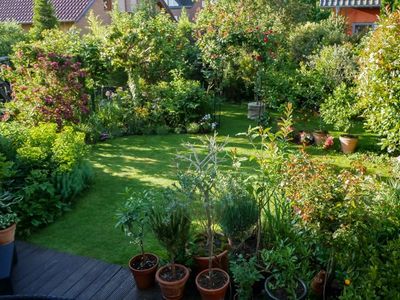
In the plant industry, we like to lean back comfortably and contentedly when we hear about demographic change. After all, it can't harm us...Older people are increasingly or at least steadily buying plants...but is this prejudice really true?
Read moreSell more and, above all, sell smarter in the face of buying reluctance and price sensitivity
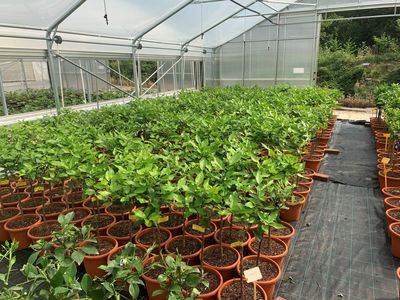
In view of the darkening economy, consumers are becoming more price-sensitive. They tend to think twice about whether they really need something or can do without it. This trend is also reflected in the garden and is likely to intensify. Derived from this, however, there are also opportunities that plant producers, together with their customers, can make targeted use of.
As always, we at Lubera Edibles try to profit from the trends visible at Lubera.com; we want to learn from them. The sales at...
Read moreThe state of the soft fruit plant market
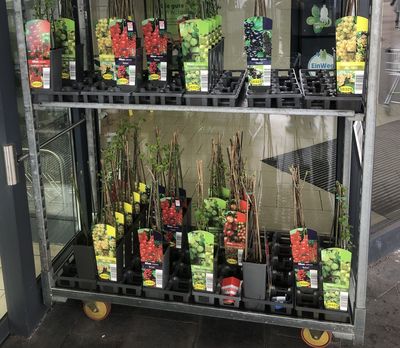
As a seller you are always in a rather uncomfortable situation. Anything you say can be used against you at any time...and it certainly will be used. By the way, this also applies to sellers of (young) plants...
How is this meant? The spoken and unspoken counter-arguments we always have ready when approached by a salesman: "He's only saying that to sell more..." In any case, with a salesperson one will always relate the truthfulness of his or her remarks to the communicative purpose...
Read moreWasabi young plants – Japanese horseradish
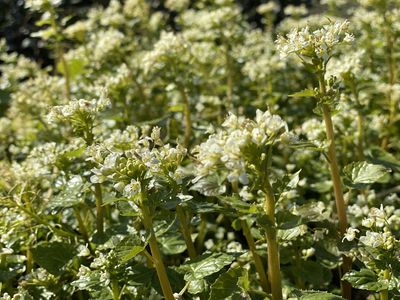
The true wasabi plant (Eutrema japonica), also called Japanese horseradish, is a rare vegetable or spice plant that originated in Japan but is now cultivated worldwide. Everyone who regularly enjoys sushi is familiar with this green, spicy paste that brings tears to the eyes and is often touted as wasabi paste in Europe. But now the frightening truth: if at all, such pastes only include wasabi in the lower single-digit percentage range. The main ingredient is predominantly ordinary horseradish...
Read moreHorseradish young plants – the well-known medicinal and seasoning plant is also available from us
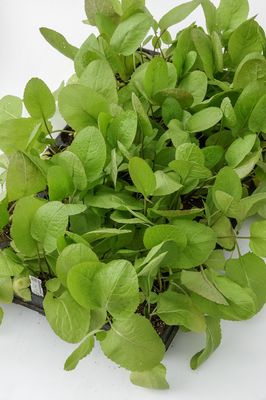
Who doesn't know horseradish? Maybe not as much as a plant, but as a root from the weekly market or the supermarket, or already processed as a white seasoning paste in a jar. (Almost) everyone knows the pungent and slightly earthy taste of this old vegetable. Or is it rather a spice? Before the widespread availability of pepper, horseradish – along with mustard – was the only hot condiment. And growing horseradish at home in your own garden is anything but difficult; moreover...
Read moreThe standard berry and its alternatives
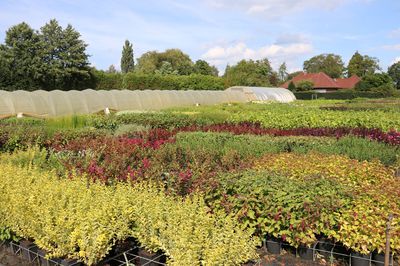
The 2 to 3 litre pot, tall and usually square, has become the standard in berry plant production. If you wander through the garden centres in the spring and analyse the offers with a gardener's eye, all you see is always the same: almost the same pot, with a slightly different but always large label, nota bene with as little information as possible. It is a well-known fact that customers cannot read. At least that's what our advertising consultants seem to think. Garden centres are no better. I...
Read more